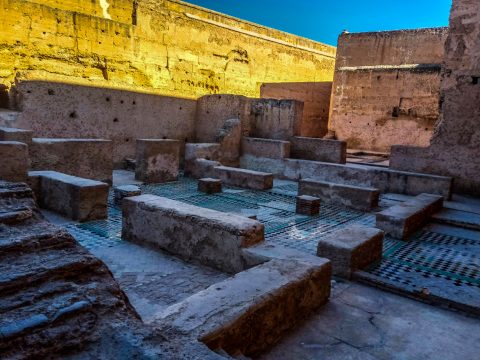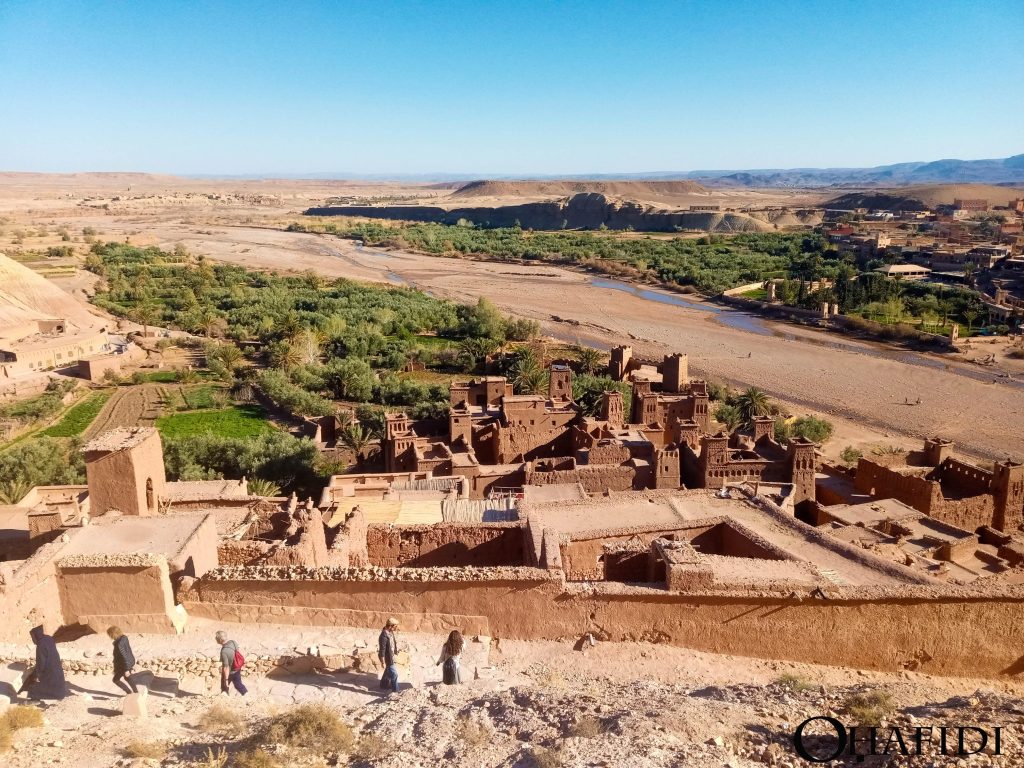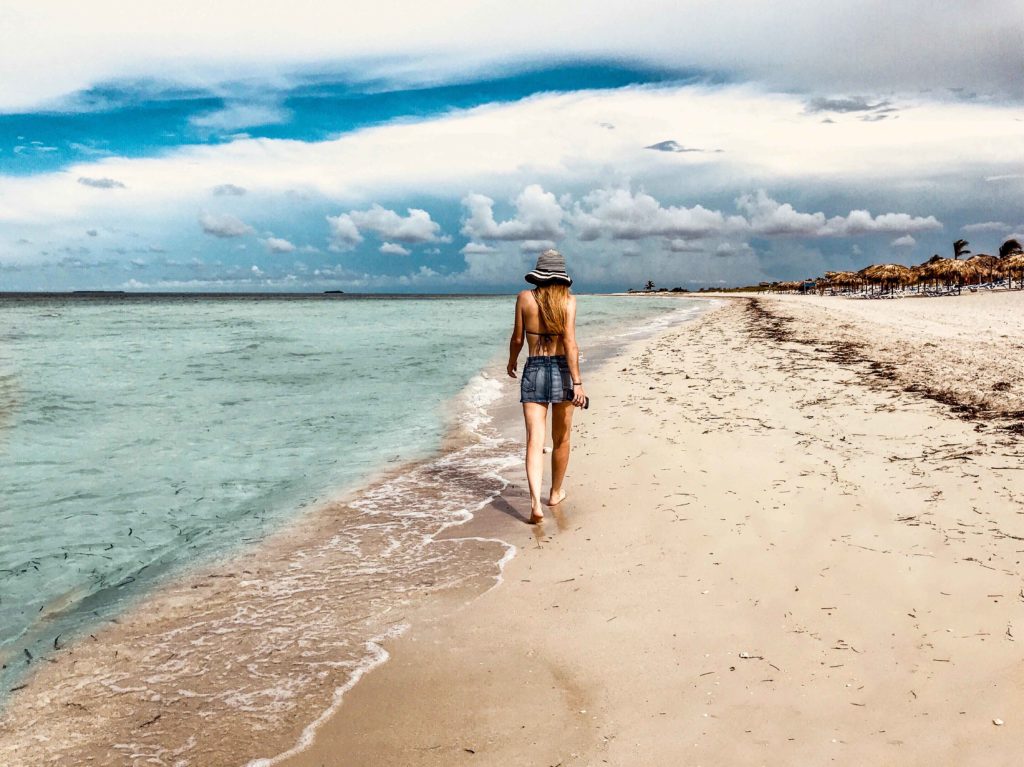El Badi Palace Marrakech
El Badi Palace Marrakech
Morocco’s Trendsetting Destination El Badi Palace Marrakech
El Badi Palace Marrakech, Though substantially in ruins, and reduced throughout to its red pisé walls, enough remains of El Badi to suggest that its name – “The Incomparable” – was not entirely immodest. The palace was originally commissioned by the Saadian sultan Ahmed el Mansour shortly after his accession in 1578. The money for it came from the enormous ransom paid by the Portuguese after the Battle of the Three Kings. It took his seventeenth-century successor Moulay Ismail over ten years of systematic work to strip the palace of everything valuable, and there’s still a lingering sense of luxury and grandeur. What you see today is essentially the ceremonial part of the palace complex, planned on a grand scale for the reception of ambassadors, and not meant for everyday living.

Brief Information about El Badi Palace Marrakech

The scale of the palace, with its sunken gardens and vast, ninety-metre-long pool, is certainly unrivalled, and the odd traces of zellij and plaster still left evoke a decor that was probably as rich as that of the Saadian Tombs. The most enduring account of the palace concerns its state opening, a fabulous occasion attended by ambassadors from several European powers and by all the sheikhs and caids of the kingdom. Surveying the effect, Ahmed turned to his court jester for an opinion on the new palace. “Sidi,” the man replied, “this will make a magnificent ruin”.
The central court
The palace’s entrance was originally in the southeast corner of the complex, but today you enter from the north, through the Green Pavilion, emerging into a vast central court, over 130m long and nearly as wide. In its northeast corner, you can climb up to get an overview from the ramparts, and a closer view of the storks that nest atop them.
Within the central court are four sunken gardens, two on the northern side and two on the southern side. Pools separate the two gardens on each side, and there are four smaller pools in the four corners of the court, which is constructed on a substructure of vaults in order to allow the circulation of water through the pools and gardens. When the pools are filled – as during the June folklore festival that takes place here – they are an incredibly majestic sight.

Summer pavilions
On each side of the courtyard were summer pavilions. Of the Crystal Pavilion, to the east, only the foundations survive. On the opposite side, a monumental hall that was used by the sultan on occasions of state was known as the Koubba el Hamsiniya (The Fifty Pavilion), after its size in cubits.
Stables and dungeons
South of the courtyard, accessed just to the right of the building housing the minbar, are ruins of the palace stables, and beyond them, leading towards the intriguing walls of the present royal palace, a series of dungeons, used into the last century as a state prison.
The Koutoubia Minbar
The original minbar (pulpit) from the Koutoubia Mosque is housed in a pavilion in the southwest corner of the main courtyard, and can be seen for an additional fee. It may not sound like much, but this minbar was in its day one of the most celebrated works of art in the Muslim world. Commissioned from the Andalusian capital Cordoba in 1137 by the last Almoravid sultan, Ali Ben Youssef, it took eight years to complete, and was covered with the most exquisite inlay work, of which, sadly, only patches remain. When the Almohads took power, they installed the minbar in their newly built Koutoubia Mosque, where it remained until it was removed for restoration in 1962, and eventually brought here. Unfortunately, members of the public are not usually allowed to walk all the way round it to inspect the surviving inlay work, but the gardien may relent if you show a particular interest. Photography is not usually allowed.
Marrakech Tours
Similar Topics
Morocco Classic Tours
Address: 86 Lot Hiba, 30000, Morocco
Phone: +212 613-504732
Email: moroccoclassictours@gmail.com
SITEMAP










